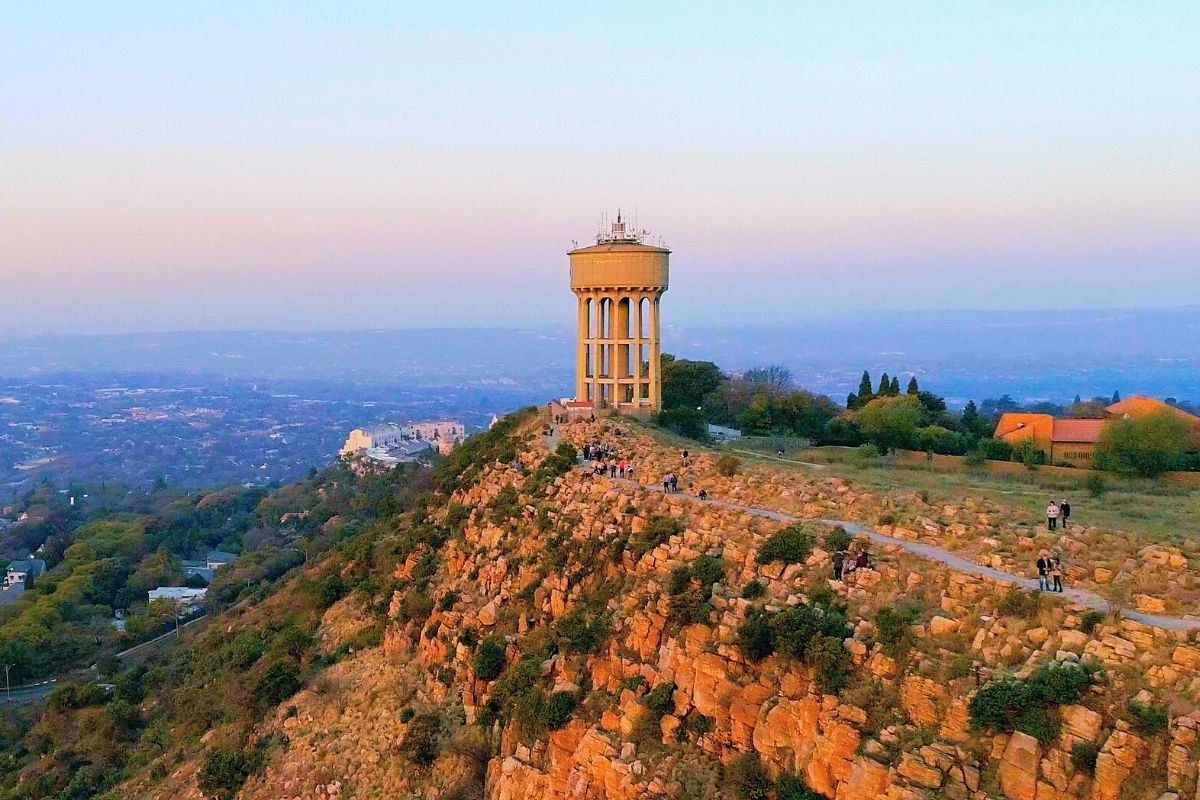What Does Johannesburg North Attractions Mean?
What Does Johannesburg North Attractions Mean?
Blog Article
Things about Johannesburg North Attractions
Table of ContentsJohannesburg North Attractions - TruthsHow Johannesburg North Attractions can Save You Time, Stress, and Money.Johannesburg North Attractions - QuestionsA Biased View of Johannesburg North AttractionsGet This Report about Johannesburg North AttractionsOur Johannesburg North Attractions Statements6 Simple Techniques For Johannesburg North Attractions
However you ought to keep safety and security in mind and vacationers have to continue to be alert in any way times when in strange surroundings. Talk to the citizens when you are in community to discover the location you are remaining in. Johannesburg North attractions. When on the street (this doesn't relate to shopping malls and various other secure settings) best basic recommendations is to try your finest to look like a neighborhood and to stay clear of presenting any form of wealth
Rumored Buzz on Johannesburg North Attractions
Professor Revil Mason O. J. (Thomson, 1946) discovered the Witwatersrand's pre-colonial history. His historical job took off the 'em pty land' misconception, according to which the area was lacking human habitation prior to the arrival of European inhabitants. In his magazines Prehistory of the Transvaal: A Record of Human Activity (1962) and Origins of Black Individuals of Johannesburg and the Southern Western Central Transvaal Advertisement 3501880 (1986 ), Teacher Mason demonstrated the level of social and financial advancement in the area before Europeans set foot below.

The Greatest Guide To Johannesburg North Attractions
He showed the government's authorization, approved after he had vouched to keep his explorations key. In 1874, small-scale mining operations were begun in the Magaliesberg, where an Australian, Henry Lewis, had discovered gold down payments. In 1878, David Wardrop located gold in quartz capillaries at Zwartkop, north of Krugersdorp. In 1881, Stephanus Minnaar discovered gold on the farm Kromdraai, near the Cradle of Humankind.
In March 1886, a protrusion (soon to be called the Key Coral reef) was discovered, rather luckily, on Gerhardus Oosthuizen's farm Langlaagte. Some say that the Lancastrian coal miner George Pedestrian found this coral reef. Another travelling English miner, George Harrison (that had actually formerly functioned in Australian mines) acquired a prospecting permit in respect of Langlaagte in Might 1886.
He chose to carry on in a quest for greener fields, and disposed of his Langlaagte case for the baronial amount of 10. Alas: below lay the richest goldfield ever before located. The discovery of this abundant auriferous coral reef prompted a gold rush that signified completion of bucolic serenity in the southern Transvaal.
It would, within six years, come to be the biggest community in southerly Africa. Within a decade, it would make the Z. A. R. until then an anarchical and bankrupt little state the most affluent country in Africa. By the turn of the century, the Z. A. R. was to go beyond Russia, Australia and the United States of America to come to be the world's leading gold producer, producing greater than a quarter of the world's gold.
The smart Trick of Johannesburg North Attractions That Nobody is Talking About
It was known as Ferreira's Camp, called after Colonel Ignatius Ferreira. He was a Boer adventurer upon whom the British authorities had bestowed the standing of Buddy of one of the most Identified Order of St Michael and St George (entitling him to the post-nominal letters C. M. G.) in thankfulness for his function in the battle that had actually deposed the Pedi king Sekhukhune in 1879.
2 other camps were established: Meyer's Camp on the farm Doornfontein, and Paarl Camp. The latter was nicknamed Afrikander Camp; several individuals from the Cape Swarm worked out there.

The Ultimate Guide To Johannesburg North Attractions
This name got currency by word of mouth, such that the State Secretary verified the name to the Mining Commissioner on 9 October 1886. Stands in the town were auctioned on 8 December 1886. While some stands were offered for 10, others were knocked down for as little as sixpence.
2 years later on, these erven were to change hands for as high as 750 each. The tented camps diminished as a dorp of corrugated iron structures established and broadened north of the mines located along the Key Coral Reef Road. Areas such as Jeppe's Community (where working-class immigrants erected their residences) and Doornfontein (where the affluent brand-new 'Randlords' began to create their extravagant houses) were quickly contributed to the ever-expanding map of the town.
Johannesburg North Attractions - An Overview
Apart from the street names, there were no signs of Johannesburg being situated in a Dutch-speaking country., virtually every person talked English and even the Government servants dealt with one in English, unless they were first dealt with in the Taal (or Reduced Dutch)'.
Britain had a passion in making sure optimal conditions for gold manufacturing on the Witwatersrand, and that the gold was exported to London rather than Berlin an important rendered all the a lot more clamant by the Z. find out here now A. R.'s raising toenadering with Germany. Mine owners were on a clash with President Kruger, whose plan of monopolistic giving ins (commonly given to his cronies) stopped mining firms from procuring supplies of products (specifically dynamite) and work on their own, less expensive terms
See This Report about Johannesburg North Attractions
In 1890, the Volksraad had actually limited the franchise to white men who had actually lived in the Z. A. R. for fourteen years or longer, thus disqualifying most of the immigrants (who occurred to be the major contributors to the fiscus). Agitation for the ballot was a plain visit this page pretext for promoting a various program; a lot of uitlanders concerned themselves as short-term site visitors and had no intention of remaining in the Z.
Report this page